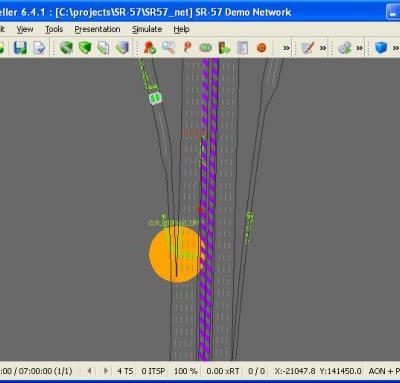Truck Behavior plugin is designed to model the range of lanes and speed that trucks are allowed to operate or usually operate in the field on different sections in a Paramics simulation network. It can also be applied to other vehicle types to achieve the same modeling purpose.
Lane Management plugin is designed to model lane closures (due to incident or workzone) and drivers’ response to the lane closure messages shown in Changeable Message Signs (CMS) or gantries based on a typical procedure of lane closure in the real world.
Plugin Features:
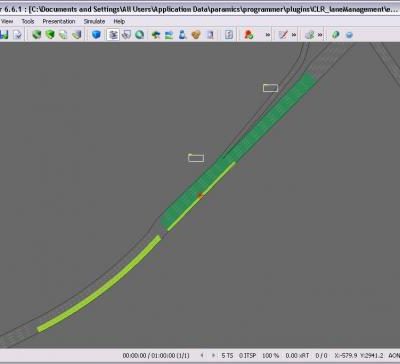
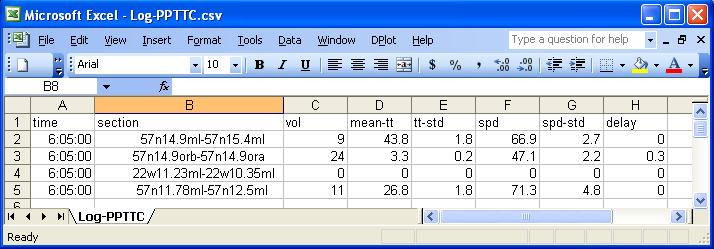
This plugin collects point-to-point travel time and delay data. Typical applications of this plugin are:
Plugin Features:
This plugin implements the ALINEA ramp metering algorithm in PARAMICS. The ALINEA algorithm, proposed by Papageorgiou et al, is a local feedback ramp metering strategy, which attempts to maximize mainline throughput by maintaining a desired occupancy on the downstream mainline freeway. Compared to other traffic-responsive ramp metering algorithms, ALINEA is remarkably simple, highly efficient, and easily implemented. According to the results from field tests and simulation-based studies, ALINEA has very good performance.
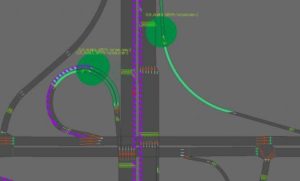
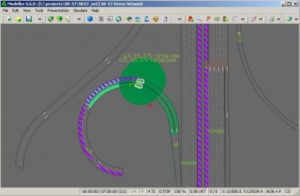
This plugin implements the TOS (Traffic Operations System) ramp metering algorithm in PARAMICS. The TOS is one of the most widely used ramp metering systems in California. It is currently deployed in District 4 (Bay Area).
The TOS can be operated under traffic-responsive or pre-timed metering control. It has two traffic responsive control logics, which are occupancy logic and volume logic. Under traffic responsive control, a meter can be operated under volume logic or occupancy logic. If both occupancy and volume logics are enabled, the most restrictive of the two rates is applied.
This plugin implements the SDRMS (San Diego Ramp Metering System) ramp metering algorithm in PARAMICS. The SDRMS is the most widely used ramp metering systems in California. It is currently deployed in District 3 (North Central), District 8 (Riverside/San Bernardino), and District 11(San Diego/Imperial).
The SDRMS can be operated under traffic-responsive or pre-timed metering control. It has two traffic responsive control logics, which are occupancy logic and volume logic. If both occupancy and volume logics are enabled, the most restrictive of the two rate codes is applied.
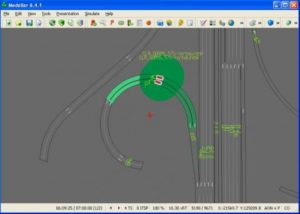
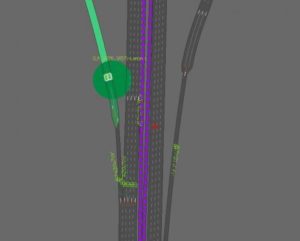
This plugin implements the SATMS (Semi Actuated Traffic Metering System) ramp metering algorithm in PARAMICS. The SATMS is one of the ramp metering systems used in California. It is currently deployed in District 7 (Los Angeles) and District 12 (Orange County).
The SATMS can be operated under traffic-responsive metering control or pre-timed metering control. The theory behind the traffic-responsive metering control of the SATMS is based on demand-capacity control.
By default, Paramics can collect and output different loop detector data. However, it is not easy to use. Often, it generates way too many files, each of which is specific to each lane of detector. Aggregated occupancy data reported by Paramics are also time occupancy data rather than the percentage occupancy normally obtained from the field.
Our detector data aggregation plugin emulates the real-world detector data collection. It gathers point loop data at each time step of simulation and aggregates them every interval specified by the user. The user can also choose to obtain raw or smoothed data. Aggregated loop data (volume, occupancy, and speed) can be output to text files, and can be also accessed by interface functions defined in the plugin.
